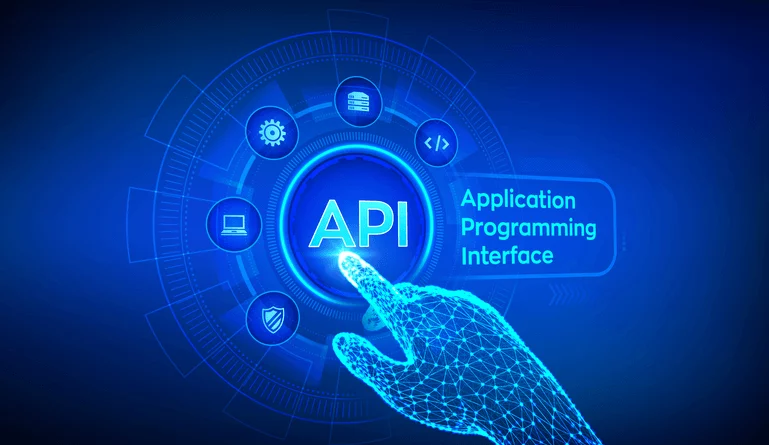justineanweiler.com – Application Programming Interfaces (APIs) have become an essential component of modern software development, enabling seamless communication between different software systems. APIs are the unsung heroes behind many of the conveniences we enjoy in our digital lives, from social media integrations to online payments and beyond.
What Is an API?
An API, or Application Programming Interface, is a set of rules and protocols that allows one software application to interact with another. Think of an API as a bridge that enables different software systems to share data and functionality without exposing their internal workings.
For example, when you use a weather app on your phone, the app communicates with a weather service API to retrieve current conditions and forecasts, which it then displays in an easy-to-understand format.
Types of APIs
APIs come in various types, each designed for specific use cases:
- REST APIs (Representational State Transfer):
- Most commonly used in web services.
- Use HTTP methods (GET, POST, PUT, DELETE) for interaction.
- Lightweight and scalable, making them ideal for modern applications.
- SOAP APIs (Simple Object Access Protocol):
- More rigid and protocol-heavy than REST.
- Designed for enterprise-level applications requiring high security and standardization.
- GraphQL APIs:
- Allow clients to request specific data rather than receiving a fixed structure.
- Highly efficient for applications with dynamic data requirements.
- WebSocket APIs:
- Enable real-time, two-way communication between client and server.
- Commonly used in chat applications and live data feeds.
- Open APIs:
- Publicly available and accessible to developers.
- Often used to promote innovation and third-party integrations.
- Private APIs:
- Restricted to internal use within an organization.
- Enhance efficiency and security in internal workflows.
How APIs Work
The interaction between an API provider and a consumer typically follows these steps:
- Request: A client (e.g., a mobile app) sends a request to an API endpoint, specifying the data or action needed.
- Processing: The API server processes the request and retrieves or performs the required operation.
- Response: The server sends back the requested data or an acknowledgment of the action performed.
APIs use standardized formats like JSON (JavaScript Object Notation) or XML (Extensible Markup Language) for data exchange, ensuring compatibility across different systems.
Benefits of APIs
- Interoperability: APIs allow disparate systems to communicate, enabling the integration of various services.
- Efficiency: Developers can leverage existing APIs to build applications faster by reusing functionality rather than starting from scratch.
- Scalability: APIs enable modular system design, allowing components to scale independently.
- Innovation: Public APIs promote creativity by enabling third-party developers to create new applications and services.
- Data Sharing: APIs facilitate secure and controlled access to data, supporting collaboration and analytics.
Real-World Examples of API Usage
- Social Media Integration: Platforms like Facebook, Twitter, and Instagram provide APIs for embedding feeds, sharing content, and user authentication.
- Payment Gateways: APIs from services like PayPal and Stripe enable seamless online transactions.
- Mapping Services: Google Maps API allows developers to embed maps and geolocation features into their applications.
- E-commerce Platforms: APIs enable inventory management, order tracking, and personalized recommendations.
- Healthcare: APIs connect patient records, diagnostic tools, and telehealth platforms for streamlined care.
Security in APIs
Given their critical role, ensuring API security is paramount. Common practices include:
- Authentication: Using methods like API keys, OAuth, and JWT (JSON Web Tokens) to verify users.
- Encryption: Securing data exchanges with HTTPS.
- Rate Limiting: Restricting the number of requests to prevent abuse.
- Input Validation: Protecting against malicious inputs and injection attacks.
The Future of APIs
As technology evolves, APIs are becoming more sophisticated and integral to innovations like:
- AI and Machine Learning: APIs provide access to powerful AI tools and datasets.
- IoT (Internet of Things): APIs connect devices, enabling smart home systems and industrial automation.
- Blockchain: APIs facilitate interactions with decentralized networks and smart contracts.
Conclusion
API technology is the backbone of modern digital ecosystems, enabling seamless interactions and fostering innovation. By understanding how APIs work and their diverse applications, developers and businesses can harness their potential to create efficient, scalable, and interconnected solutions. As we move further into an API-driven world, their importance will only continue to grow, shaping the future of technology and digital experiences.





